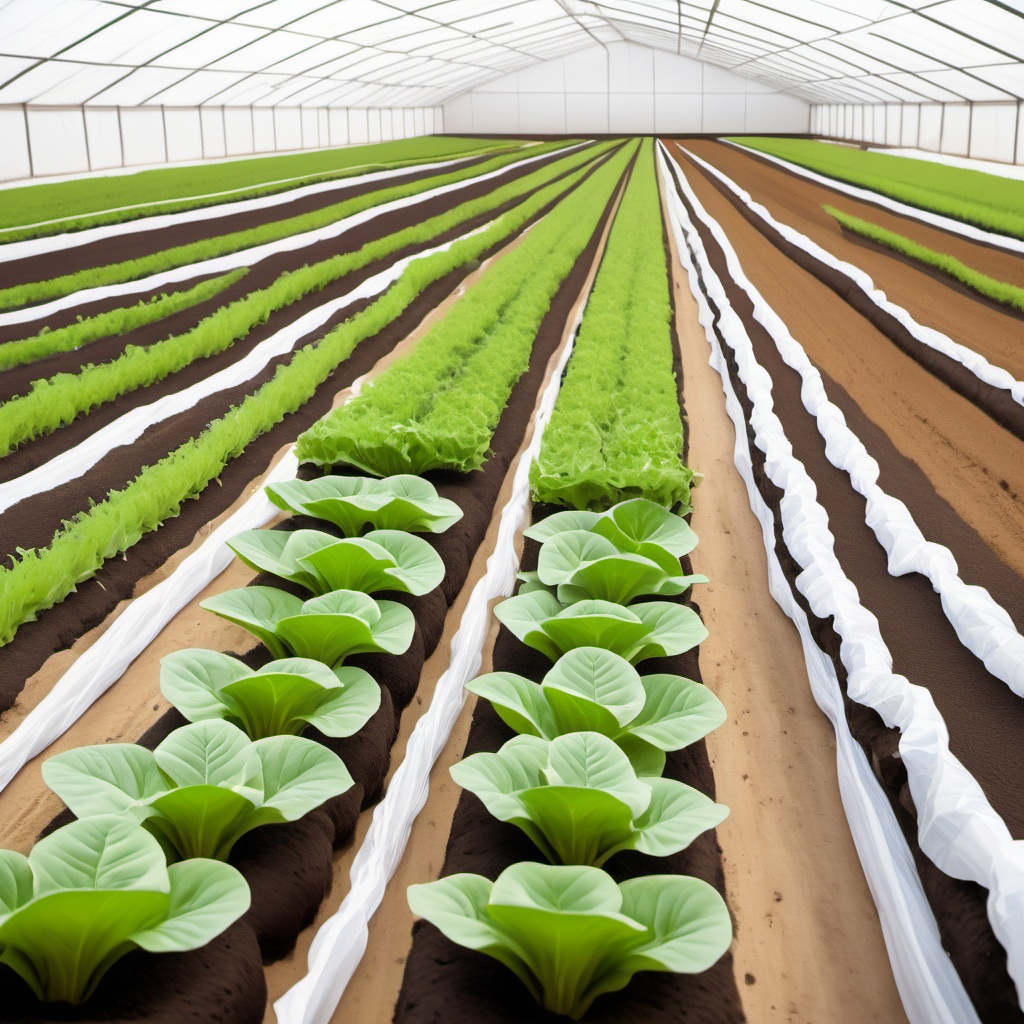
Agriculture without soil and water, often referred to as soilless agriculture or dryland farming, is a method of cultivating crops that challenges the traditional reliance on these two essential resources. This innovative technique is gaining attention due to the increasing need for sustainable farming practices in the face of water scarcity, land degradation, and climate change.
Hydroponics: Cultivating Crops in Nutrient Solutions
Hydroponics is a popular form of agriculture without soil. In this method, plants are grown in a water-based solution rich in nutrients. Instead of soil, plants’ roots are suspended in a liquid medium that provides them with the necessary nutrients for growth.
Hydroponics is highly efficient in water usage, often reducing water consumption by up to 90% compared to traditional farming methods. It also allows for year-round farming in controlled environments, making it a viable option for urban agriculture or regions with poor soil quality.
Aeroponics: Growing Plants in an Air or Mist Environment
Aeroponics is another soilless farming technique that doesn’t require soil or large amounts of water. In this system, plant roots are suspended in the air and misted with a nutrient-rich solution. The roots are exposed to oxygen, which enhances the plant’s ability to absorb nutrients efficiently.
Aeroponics requires even less water than hydroponics and can produce crops at a faster rate. This technique is often used for cultivating high-value crops such as leafy greens, herbs, and even certain types of vegetables. It also minimizes the risk of disease since the plants are grown in a sterile environment.
Desert Agriculture: Maximizing Minimal Water Resources
Desert agriculture focuses on growing crops in arid regions where water is scarce. This method combines advanced irrigation techniques with crop selection that thrives in dry conditions. Techniques such as drip irrigation, which delivers water directly to plant roots, help minimize water wastage. Additionally, drought-resistant crops are often selected to ensure successful yields in these challenging environments.
Desert agriculture has been successfully implemented in countries like Israel and parts of the Middle East, where innovations have turned barren landscapes into productive farmlands.
Synthetic Soil: The Use of Alternatives to Traditional Soil
Synthetic soil or soil substitutes are another approach to farming without traditional soil. These materials, such as perlite, vermiculite, or coconut coir, provide a stable medium for plants to grow while still allowing water and nutrients to reach the roots. The use of synthetic soil eliminates the issues associated with soil erosion, pests, and diseases that often plague traditional farming.
In urban farming setups, synthetic soil is a common choice for vertical farms or rooftop gardens. It is lightweight, reusable, and often more sustainable than conventional soil.
Aquaponics: Combining Aquaculture and Agriculture
Aquaponics is an integrated system that combines aquaculture (raising fish) with hydroponics. In this system, fish waste provides nutrients for the plants, while the plants help filter and purify the water for the fish. This closed-loop system minimizes the need for external water and nutrients, making it an environmentally friendly option for growing both crops and fish.
Aquaponics is especially beneficial for regions with limited access to freshwater, as the system recycles water through the plants and fish tanks. It is also an efficient way to produce food in small spaces, making it ideal for urban agriculture initiatives.
Benefits of Agriculture Without Soil and Water
Agriculture without soil and water offers numerous advantages. These methods often require less water and space, making them ideal for areas with limited resources. They also allow for year-round crop production, reducing the dependency on seasonal conditions. Additionally, since these systems are often used in controlled environments, they minimize the need for pesticides and herbicides, leading to cleaner, safer produce.
Challenges and Limitations of Soilless Agriculture
While agriculture without soil and water presents exciting opportunities, it also faces challenges. The initial setup costs for hydroponic, aeroponic, or aquaponic systems can be high, making it difficult for small-scale farmers to adopt these methods. These systems also require technical knowledge and constant monitoring to ensure optimal conditions for plant growth.
Furthermore, not all crops are suitable for soilless agriculture. Some plants, such as root vegetables, may struggle to thrive in hydroponic or aeroponic systems. The dependence on artificial lighting and climate control also raises questions about the energy consumption and environmental sustainability of these methods.
Future Prospects for Agriculture Without Soil and Water
As water scarcity and land degradation continue to challenge global food production, agriculture without soil and water will likely play a crucial role in feeding future populations. Advances in technology, coupled with the growing interest in sustainable farming, will drive further innovations in this field.